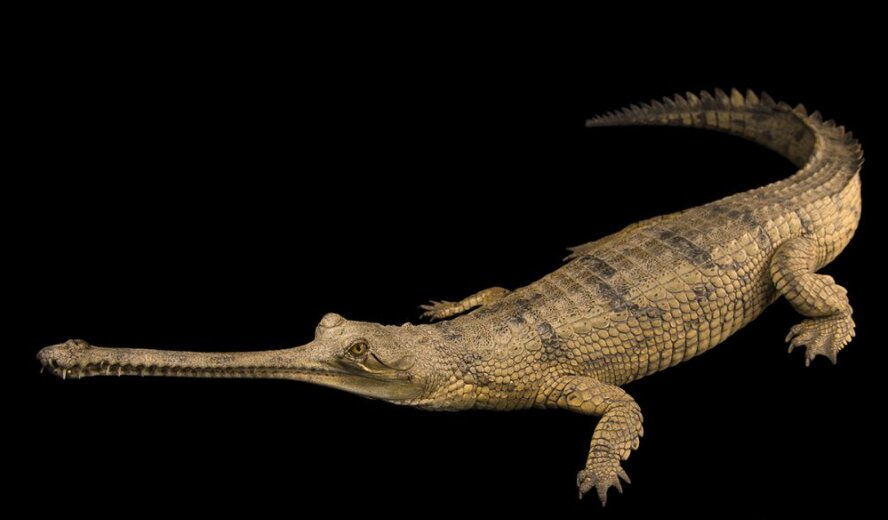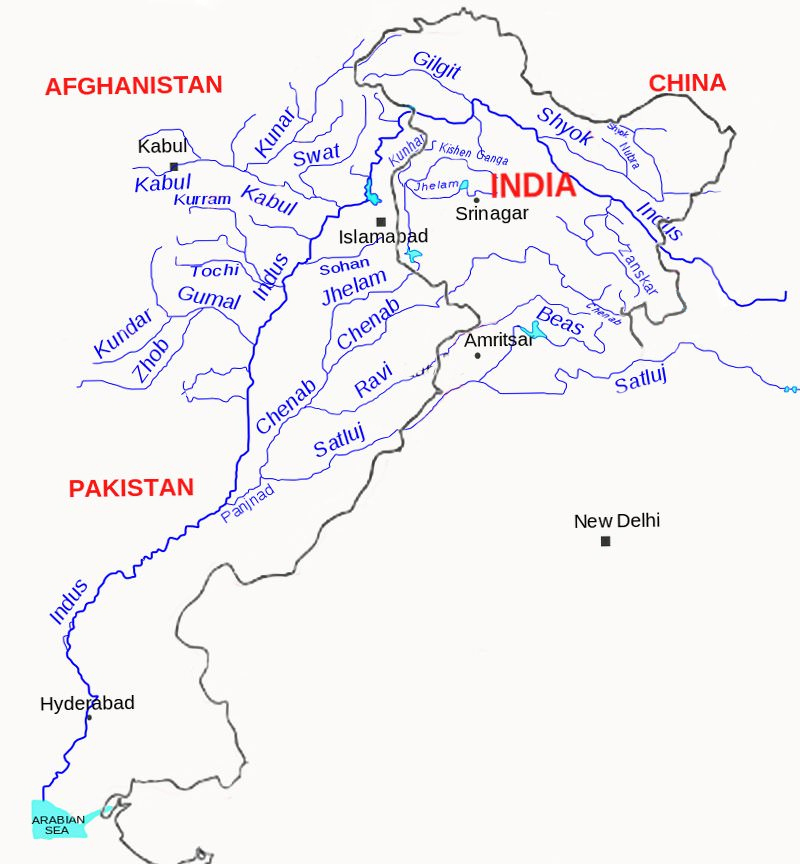Gharials | 21 Dec 2021
Why in News
Recently, the Department of Punjab Forest and Wildlife Preservation, in collaboration with the World-Wide Fund for Nature-India (WWF-India) has released a lot of 24 gharials (Gavialis Gangeticus) into the Beas Conservation Reserve.
- The gharial reintroduction in the Beas Conservation Reserve is an ambitious programme of the Punjab government.
Key Points
- About:
- Gharials, sometimes called gavials, are a type of Asian crocodilian distinguished by their long, thin snouts. Crocodilians are a group of reptiles that includes crocodiles, alligators, caimans, and more.
- India has three species of Crocodilians namely:
- Gharial (Gavialis gangeticus): IUCN Red List- Critically Endangered
- Mugger crocodile (Crocodylus palustris): IUCN- Vulnerable.
- Saltwater crocodile (Crocodylus porosus): IUCN- Least Concern.
- All the three are listed on Appendix I of CITES and Schedule I of the Wild Life (Protection) Act, 1972.
- Exception: Saltwater Crocodile populations of Australia, Indonesia and Papua New Guinea are included in Appendix II of CITES.
- Habitat of Gharials:
- Natural Habitat: Fresh waters of the northern part of India.
- Primary Habitat: Chambal river (a tributary of Yamuna).
- Secondary Habitat: Ghagra, Gandak river, Girwa river (Uttar Pradesh), the Ramganga river (Uttarakhand) and the Sone river (Bihar).
- Significance: Population of Gharials are a good indicator of clean river water.
- Conservation Efforts:
- Breeding Centres of Kukrail Gharial Rehabilitation Centre in Lucknow, Uttar Pradesh, National Chambal Sanctuary (Gharial Eco Park, Madhya Pradesh).
- Threats:
- Increased river pollution, dam construction, massive-scale fishing operations and floods.
- Illegal sand mining and poaching.
Beas Conservation Reserve
- It is a 185-kilometre stretch of the Beas River located primarily in the north-west of the State of Punjab.
- The Reserve also hosts the only known population in India of the endangered Indus River Dolphin (Platanista gangetica minor).
- In 2017, a programme was initiated to re-introduce the critically endangered gharial (Gavialis gangeticus) with 47 individuals released into the River 30 years after their disappearance.
Beas River
- It originates near the Rohtang Pass, at a height of 4,062 m above sea level, on the southern end of the Pir Panjal Range, close to the source of the Ravi. It is a tributary of the Indus river.
- It meets the Satluj river at Harike in Punjab. It is a comparatively small river which is only 460 km long but lies entirely within the Indian territory.
- It forms a gorge at Kati and Largi in the Dhauladhar range.
- The major tributaries of the Beas River are Bain, Banganga, Luni and Uhal, along with Banner, Chakki, Gaj, Harla, Mamuni, Parvati, Patlikuhlal, Sainj, Suketi and Tirthan.


